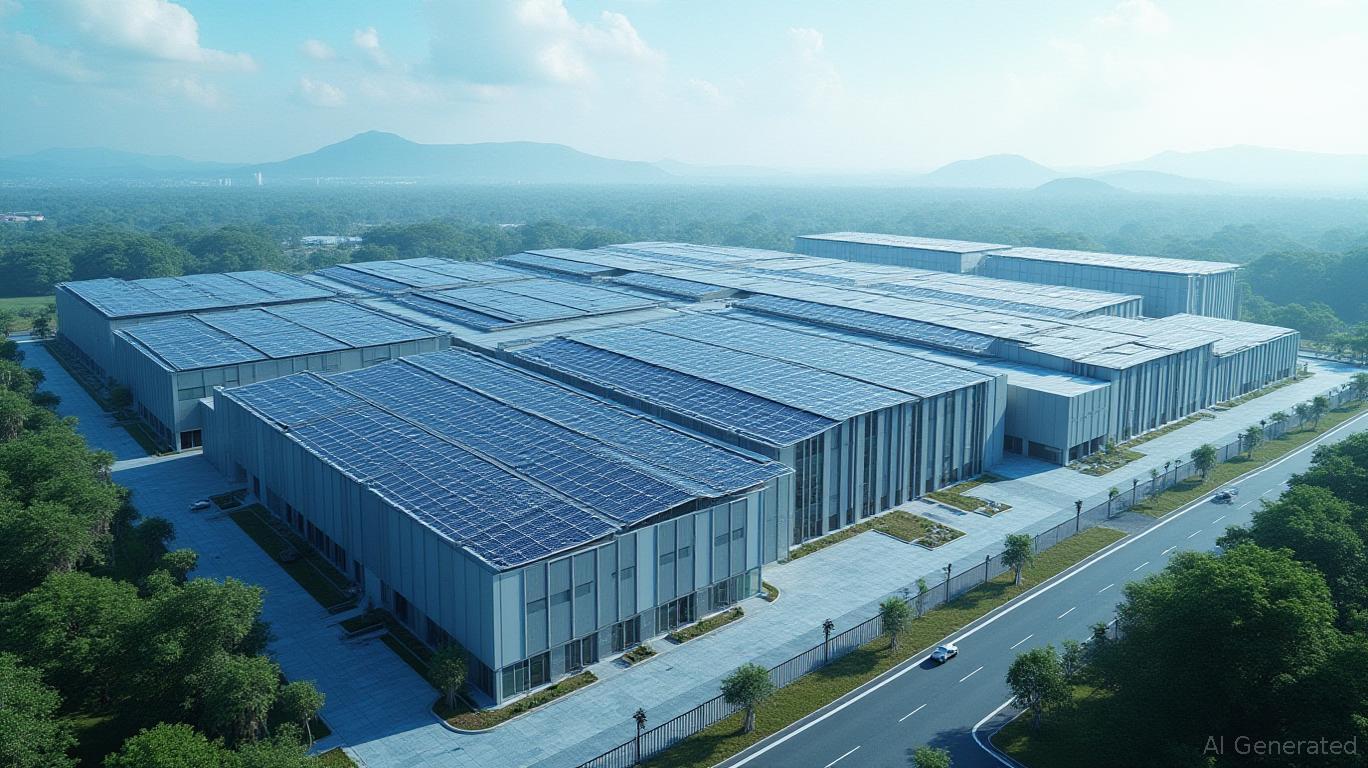ST Engineering's Strategic Leadership Shift: A New Era for Tech-Driven Growth
The appointment of Tan Wei Ming Mervyn as Group Chief Operating Officer (Technology & Innovation) and President of Defence & Public Security at Singapore Technologies Engineering (ST Engineering) marks a pivotal moment for the multinational conglomerate. With over three decades of experience spanning both the public and private tech sectors, Mervyn’s dual role signals a deliberate pivot toward leveraging innovation and strategic international expansion—a shift that could redefine ST Engineering’s value proposition for investors.
A Leadership Transition Rooted in Tech and Defence Synergy
Effective 1 June 2025, Mervyn succeeds Ravinder Singh, who retired after 11 years leading ST Engineering’s Defence & Public Security division. This transition is more than a routine leadership change; it reflects the company’s ambition to deepen its foothold in high-growth technology sectors while maintaining its dominance in global defence markets.

Mervyn’s credentials are particularly compelling. Prior to joining ST Engineering, he spent 14 years in venture capital at Vertex Holdings, where he focused on AI, quantum computing, and advanced materials—technologies that are now central to ST Engineering’s innovation roadmap. His earlier tenure at Singapore’s Ministry of Defence and Singapore Armed Forces, including roles as Chief Executive of the Defence Science and Technology Agency (DSTA) and Deputy Secretary (Technology), provides unparalleled expertise in translating cutting-edge research into operational military solutions.
Strategic Implications: Tech Integration as a Growth Engine
The appointment underscores ST Engineering’s strategic alignment with global megatrends. The company’s three core businesses—defence, robotics, and smart infrastructure—are all inherently tech-driven. Mervyn’s mandate to drive technology integration across the Group could accelerate the adoption of AI and automation in its operations, potentially reducing costs and enhancing competitiveness.
Historically, ST Engineering’s stock has underperformed the broader SGX index since 2021, reflecting challenges in sustaining high-margin defence contracts and adapting to rapid technological change. However, with Mervyn’s track record in venture capital and deep-tech ecosystems, the company may now better navigate partnerships and acquisitions to bolster its tech portfolio. For instance, his experience in quantum technology—a field critical to next-gen cybersecurity and communications—could position ST Engineering to win high-value government contracts in Asia and beyond.
Market Opportunities and Risks
The Defence & Public Security division, now under Mervyn’s leadership, accounts for nearly 40% of ST Engineering’s revenue. The global defence market is projected to grow at a 3.8% CAGR through 2030, driven by geopolitical tensions and modernization spending in emerging markets like Southeast Asia and the Middle East. ST Engineering’s longstanding relationships with Singapore’s military and its reputation for reliable systems could amplify this growth.
However, risks persist. The tech sector’s fast-paced innovation requires sustained R&D investment, which could strain margins in the short term. Additionally, geopolitical volatility—such as shifts in U.S.-China trade dynamics—might disrupt supply chains or delay international projects.
The Investment Case: Balancing Vision and Execution
Mervyn’s appointment is a clear vote of confidence in ST Engineering’s long-term potential. His ability to merge public-sector tech expertise with private-sector agility could unlock new revenue streams, particularly in areas like autonomous systems and smart city infrastructure. Investors should monitor key indicators:
- Partnerships and Acquisitions: Any moves to partner with quantum tech firms or acquire AI startups would signal aggressive growth.
- Margin Expansion: Improved profitability in high-tech divisions would validate the strategy.
- International Contracts: Wins in markets like India or Saudi Arabia would demonstrate scalability.
ST Engineering’s current dividend yield of 4.2%—higher than peers like Thales (3.1%)—offers some downside protection. However, sustained growth hinges on executing Mervyn’s vision without overextending financially.
Conclusion: A Strategic Bet on Innovation
Mervyn’s leadership transition is a bold move that aligns ST Engineering’s strengths with the demands of a tech-centric future. With a seasoned operator at the helm who understands both the intricacies of government contracting and the disruptive potential of private-sector innovation, the company is well-positioned to capitalize on its $6.2 billion revenue base (FY2023).
Investors should note that ST Engineering’s stock trades at a P/E ratio of 12.8x—below its 5-year average of 15.3x—a valuation that may already discount near-term execution risks. If Mervyn’s first 12–18 months yield tangible wins in quantum tech partnerships or international defence deals, the stock could rebound sharply, potentially outperforming the SGX index by 15–20% over the next three years.
In a world where technology is the ultimate differentiator, ST Engineering’s bet on Mervyn signals a clear intent to evolve from a traditional engineering firm into a global tech powerhouse—a vision that, if realized, could deliver substantial returns for patient investors.


_442a2dcc1749832873286.jpeg)
_e68fac6d1749831664430.jpeg)






